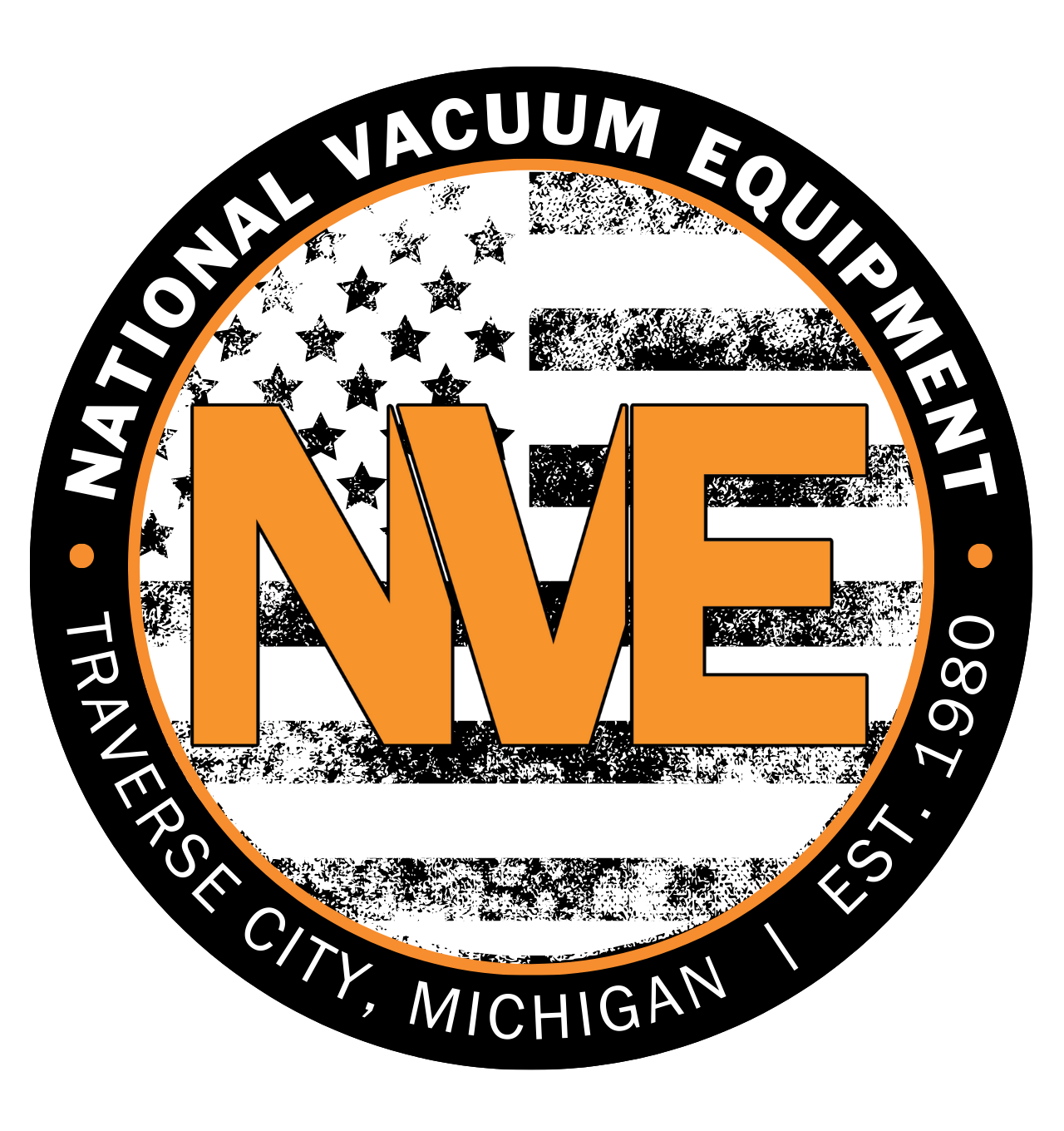
Way Back Beer: A Brief History Of Pre-Prohibition Brewing In Traverse City
By Karl Klockars | Aug. 12, 2023
Over the years, The Ticker has covered Traverse City’s brewing scene extensively, even looking back to 1996 when Traverse Brewing first opened its doors here and started a local craft beer revolution. But between the recent International Beer Day and the news that Michigan was just named the best state for beer lovers, we wondered: How far back does the tradition of brewing really go in Traverse City? Turns out, a lot further back than the 1990s.
As Bavarians migrated to Michigan in the 1800s, breweries bearing the names of men like Küsterer and Stroh began to pop up along the sides of rivers in Michigan towns big enough to support an industrial operation. While it took a few years for breweries to make their way up north, though, at least one Detroit brewer was looking to get a toehold in the Traverse City market as early as 1859.
That year, proprietor J. L. Carew "enlarged and rejuvenated in the most thorough manner" a local facility called "The Institution for The Dissemination of Useful Drinks." According to his ad in the Grand Traverse Herald, Carew’s establishment hosted "facilities for producing the finest and most delicate grades of Malt Liquors, and is prepared to furnish the various qualities of Ales, Porter and Brown Stout for draught and bottling, at prices from $6 to $10 per barrel." If you’ve ever wondered how the earliest settlers here toasted the end of a hard day’s work, it was likely with these so-called "Useful Drinks."
The first local news mention of an actual brewery up here came in 1870, when the Grand Traverse Herald reported that work had "been commenced on a brewery" in Elmwood Township. An advertisement for Traverse Bay Brewery followed soon after, in March 1871. The brewery’s Stock Ale was reportedly available at the Gunton House, a very early and popular Traverse City hotel located at Front and Wellington Streets (roughly where Front Street Tattoo is today). Ironically, the Gunton House’s proprietor, J.K. Gunton, was the head of the local Temperance movement, which he began in 1869 – possibly because a drunken businessman cussed out his wife and then tried to kill him with a double-barreled rifle on July 4, 1862.
The area’s largest pre-prohibition commercial brewery opened on September 18, 1901, thanks to the work of Joseph Gambs. Gambs was a Bavarian immigrant who came to the U.S. after serving in the Franco-Prussian war, and who originally went to work for the Pabst Brewery. Later he served as foreman for a brewery in Muskegon and then built his own brewery in Manistee. He later sold that brewery, and reportedly assumed he’d retire off his beer baron earnings.
But Gambs was lured back to the brewing game by the potential of establishing a profitable business in Traverse City. Soon, a new brewery – simply called the Traverse City Brewery – was born. The brewery was situated in a huge three-story brick structure on Front Street, just east of Barlow and right around where the city’s Senior Center sits today. It opened with an initial production capacity of 60 barrels of beer per day, and went on to produce thousands of barrels of beer per year over nearly two decades of production.
Even the assassination of an American president a few days prior to Traverse City Brewing’s opening couldn’t put a big damper on the celebration. "The fact that the country is bowed in grief over the death of President McKinley dampened the pleasure of the occasion to a certain extent, but the invitations had been issued before the tragedy at Buffalo, and postponement was inadvisable, as many had arranged to come from adjoining towns," reported the Evening Record on the brewery’s opening day.
Not that a successful opening day had been a sure thing. For months, local pro-Temperance advocates argued against the brewery. For instance, WCTU orator Lillian Phelps told a packed City Opera House audience in early April 1901 that an immoral biergarten might one day be opened onsite, and that it would bring no redeeming features to the area.
On the other hand, an argument made in favor of the brewery by the Evening Record was quite similar to arguments made for craft breweries today: "When one considers the fact that from fifteen to twenty carloads of beer are shipped here each month from Grand Rapids, Chicago and Milwaukee, it is a source of gratification that some of the money sent out of the city and state for this beverage can be kept at home, and dispensed by a local manufacturer."
Traverse City Brewing’s top beer export soon became “Hopvine,” which is not too dissimilar from many of today’s craft brews. Reports on the taste of the beer note that it was different from what non-local breweries were making at the time. Where today’s beer experts often credit the unique flavor profile of Michigan brews to the state’s ample supply of freshwater, however, commentators back then credited the taste to a different element.
Indeed, here's the Traverse City Bay Eagle, reporting on Traverse City Brewing’s opening: "The taste of the product is greatly influenced by the air, and it is for that reason that no two breweries, nor the same brewer even, can turn out the same beer in different localities." The brewmaster, one Mr. Matthew Volk, was also reported as saying that “the air here [in Traverse City] being pure and the location of the brewery being at the very edge of the water" represented conditions "most favorable for the product being a fine and wholesome brew."
What happened next? Well, after opening day festivities, news of Traverse City Brewing largely dropped off. High water came up to the brewery’s foundation and damaged the icehouse in 1905, and the very first ice plant was built for the brewery’s use in 1906 – requiring the construction of both a 60-foot brick smokestack and a brand-new boiler room. Records show that the brewery eventually shuttered in 1919 with the onset of prohibition. After that, it would be decades before fresh beer would be brought back to the Grand Traverse area.
Comment






